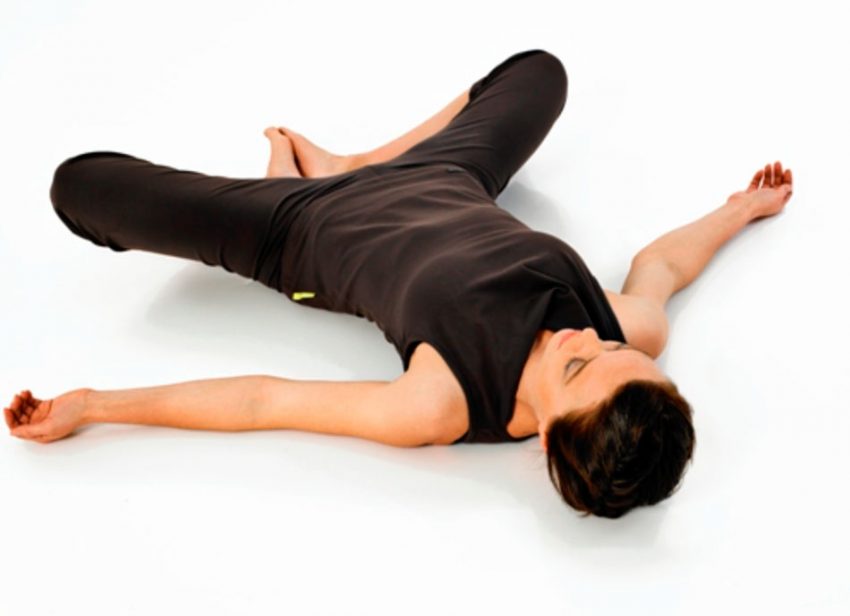In fact, there are two “frogs” in fitness. The first is a leap to the arms in a prone position, also known as the burpee part. The second is the topic of our article. This is a static stretch designed to work the inner thighs and increase the mobility of the hip joint. The apparent simplicity and usefulness of the exercise captivates. But some fitness experts believe that this movement is not anatomically suitable for everyone, and should be performed only by those whose hip joint is naturally mobile in the desired plane. At the same time, bloggers constantly advise the “frog” as a leading movement for the twine. So who should you believe, and how to do it right?
The benefits of exercise

There is an opinion that the only possible application of the movement is female training. But that’s not the case. At least guys who want to pull a lot in the “sumo” technique will definitely disagree with this. They do a lot of “frog” in order to achieve the desired angle of rotation of the hips, and do not consider it a “feminine” exercise. The girls do the exercise like a cross twine stretch. But the ability to learn does not depend on gender and age, but on the structure of the hip joint. Some people experience pain and discomfort in the joints from the very beginning, they should not do exactly the “frog”. The adductor muscles can be stretched in another way, for example, by performing a “corner”, that is, bending forward while sitting between the legs spread apart to a comfortable width to the side.
The main benefits of a frog for women:
- improves technique in wide-stance squats, sumo deadlifts and side lunges;
- accelerates recovery in runners and track and field athletes in general;
- develops mobility in the hip joint;
- helps to improve posture, especially for those with lumbar hyperlordosis;
- serves as prevention of injuries in those sports where there is a lot of lateral movements – skates, skis
It is believed that for men, movement is useful as a prevention of problems with libido and erection. Some trainers recommend doing a “frog” for prostatitis, and as a prevention of this disease.
Execution technique

The movement is technically simple if a person, in principle, can spread his legs to the sides with support on his knees for a sufficient amplitude. For those who have joint pain already at the start, another stretch is recommended.
For everyone else, the following algorithm will work:
- take an emphasis on your knees, stand on them, and spread your legs to the sides to a comfortable depth;
- shins lie on the floor, palms rest on the floor;
- take steps with your palms forward, stretch out as far as possible;
- move your knees to the sides;
- stretch the inner thighs, try not to fall back and forth;
- after the end of the exercise, gently transfer your body weight to your forearms, “pull” your legs to the center and stand
Reverse frog exercise technique

This variation of movement is suitable for people with problem knees and ankle pain. It will help perform the movement even for those who have discomfort in their legs that does not allow them to stretch the full stretch. A rug is required to complete the movement.
The technique is as follows:
- lie on the floor on your back, lift your straight legs up;
- spread them to the sides, and direct your heels to the floor;
- try to keep your feet parallel;
- let your legs fall down under their own weight;
- do not force the stretch, do not spring;
- gently hold your hips with your hands;
- stretch in this position for the maximum amount of time, and gently come out to the starting position
You can make a frog lying down and with your heels on the floor. This variation of the exercise is most suitable for beginners. The heels are at a comfortable distance from the buttocks, the knees are bent, the legs are directed to the sides.
